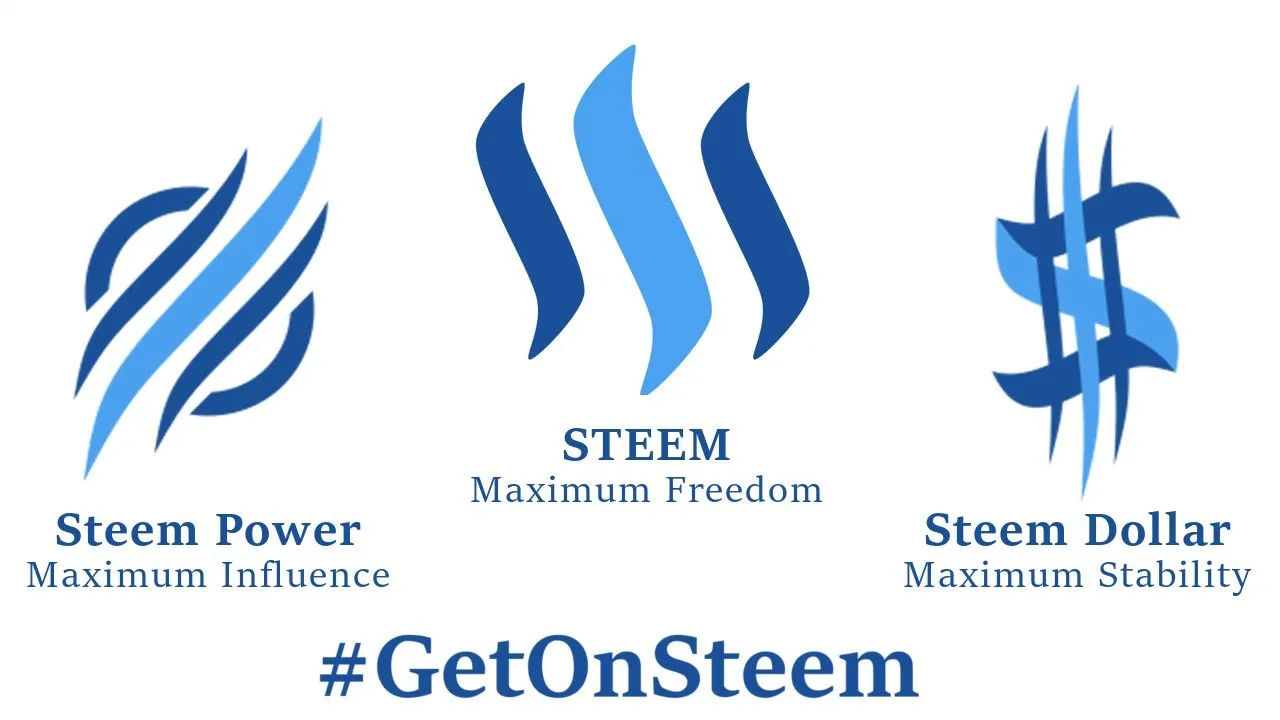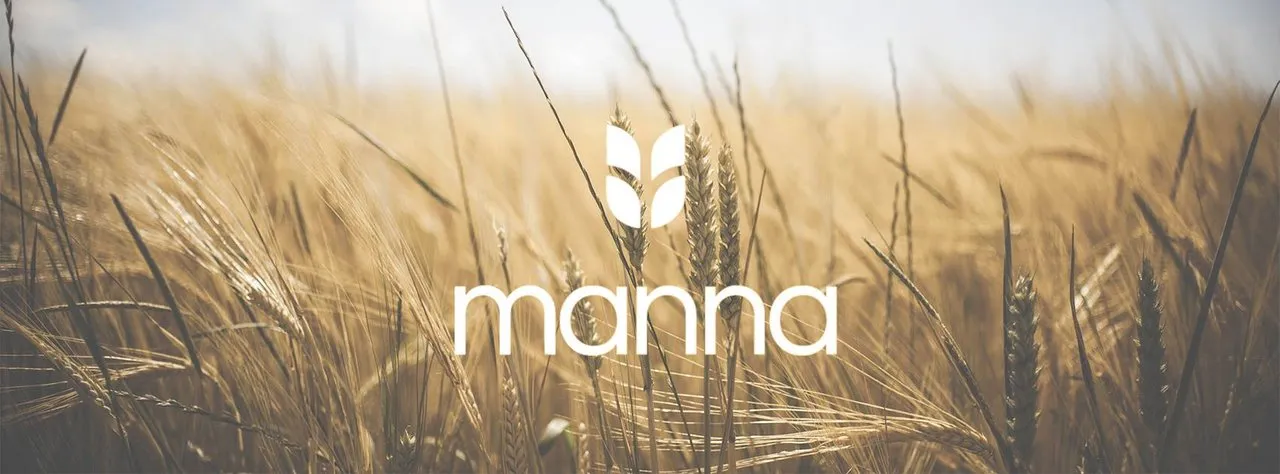
People should be getting very excited about STEEM but not for the reason you think. The price action of late certainly got some eyeballs (and buyers) interested, however, to me, that is a poor indicator of what is going on.
Yesterday, with all the mania in STEEM's price, I posted a couple comments to the effect I will start to get excited when STEEM hits $90. There is so much to this blockchain that people on here should be elated. It is best to ignore the market pricing. Putting oneself on the emotional roller coaster that comes along with bull and, the inevitable, bear runs is not healthy.
My last couple posts dealt with Cryptocurrency 2.0. When you think about it, this is the meat and potatoes of success in the crypto arena. The early adopters and financial people (Wall Street) are the first couple of waves. They are the ones stepping up with money to buy crypto. After that, we will see those people who are considered the "masses". These are the people who either cannot or will not buy a crypto in their life.
As I wrote yesterday, this creates quite a dilemma since we are going to see the entire world tokenized. There will be a token for just about every activity one does. Whether it is to motivate one or get his/her attention, incentives will be everywhere. This is going to give people a form of a basic income.

Let us move forward into this world and explore the idea of making a purchase.
You go to a store to buy a cup of coffee. Looking at the board, you decide what you want and notice the price is 2 Java. Since you are not a regular coffee drinker, you realize there is no Java in your wallet. You open up your device that has your app on it (or it is on a chip in your head by the time) to see there is some Sia, STEEM, LTC, and BAT. Holding the device up to the QR code, you scan the shop's wallet address. A couple seconds later, the robot at the counter hand you the coffee.
What just happened? How was the transaction completed?
This is the payment system in the future. Many today want to debate which token will end up being "money". The upcoming reality is most tokens will fill that role. There will not be just one token that everyone uses. What drives the currency that people use is what they have. In the US, everyone uses dollars for the simple reason that is what they are paid in. If they were paid in Euros, that would be the currency of choice.
Since our wallet of the future had many different coins in it, we need a system that accepts multiple forms of payment. This is the tokenized world. So how does it work?
While I cannot spell out the particulars exactly, it will be some type of swap or exchange system. Basically, in the example I gave, the app went out to find those people who had Java coins and were willing to exchange for the tokens in my wallet. Hence, one person might have sent .5 Java for .01 STEEM; another .25 Java for 1 SIA. The point is the system itself took care of the exchange automatically.
This is the general framework of how payment systems will operate in the future. I have no idea if it will, ultimately, be exchange based or the swap system will be direct. It could be that similar blockchains, like BTC and LTC, are direct while others have to be routed via exchange. Either way, it will be interesting to watch develop.
So what does this have to do with STEEM and how is it at the center of the tokenized world?
Steem is one of the fastest blockchains we have seen thus far which makes it very attractive for this type of system. To add to that, unlike other blockchains, STEEM has zero transaction fees. This makes it ideal to move money around i.e conduct transactions like we are talking about.

Yesterday, @steemitblog posted an article as a guide to setting up a STEEM node on an exchange. While this is a dry subject for most of us, it is a huge deal. Getting STEEM traded on more exchanges will only enhance its visibility. This article reveals the code of how to create the nodes on an exchange.
I bring this up because there is one tidbit in that which is applies to what we are discussing.
STEEM's real-time fee-less transfers, alongside its use in social applications, means that the token could become one of the main currencies that users leverage to quickly transfer wealth between exchanges.
Did you see that? STEEM could become one of the main currencies that users leverage to quickly transfer wealth between exchanges. In other words, people will convert their tokens to STEEM for transport.
https://steemit.com/steem/@steemitblog/guide-how-to-setup-a-steem-exchange-node
Going back to our example, if the system is exchange based, let us focus upon the SIA. In this instance, the exchange our account is tied to will convert the SIA to STEEM and send it to the other person's exchange. Once it arrives there, that exchange converts the STEEM back into SIA while placing it in the account. Simultaneously, the JAVA is converted to STEEM for the return trip, entering our exchange where it is converted back into Java and sent to the wallet.
Ponder for a second all the transactions that take place on a daily basis. STEEM is a fee-less token. Could it be at the center of a good deal of these transactions? It is possible. We are already seeing the groundwork laid.
Are you excited yet?
By the way, did I say $100 a token? If something like this comes to fruition, we are looking at having to add a 0 to the end of that forecast.
To be receive the free basic income tokens you are entitled to and help end world wide poverty, please click the following:

Pictures by Google Images